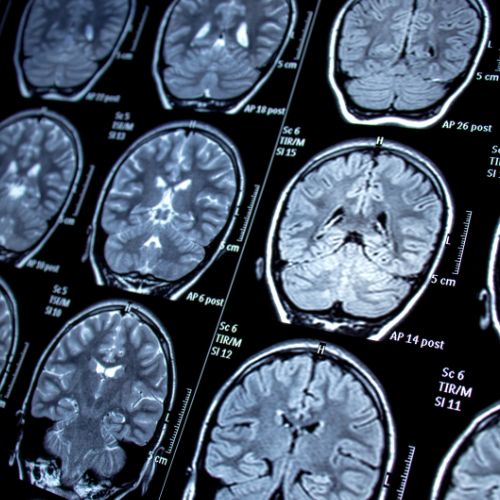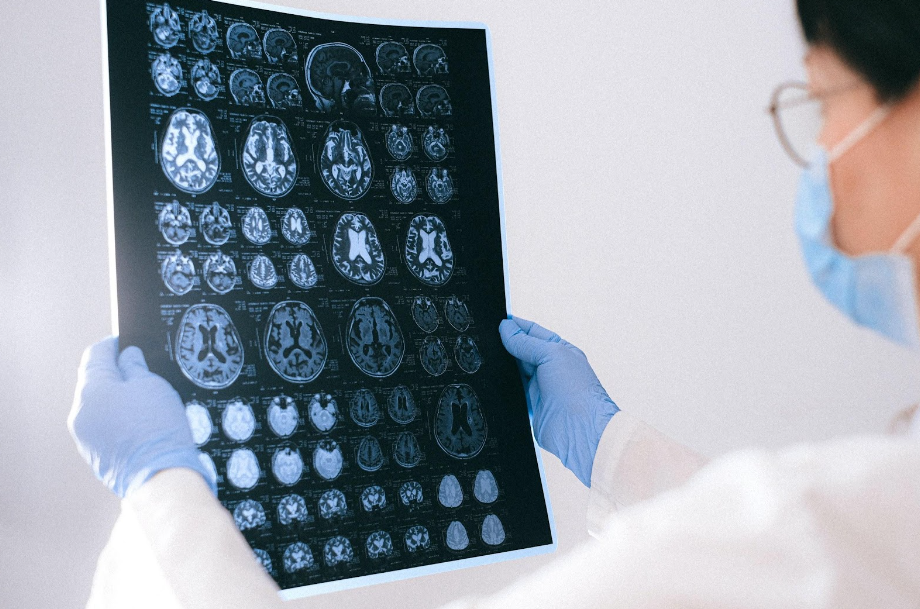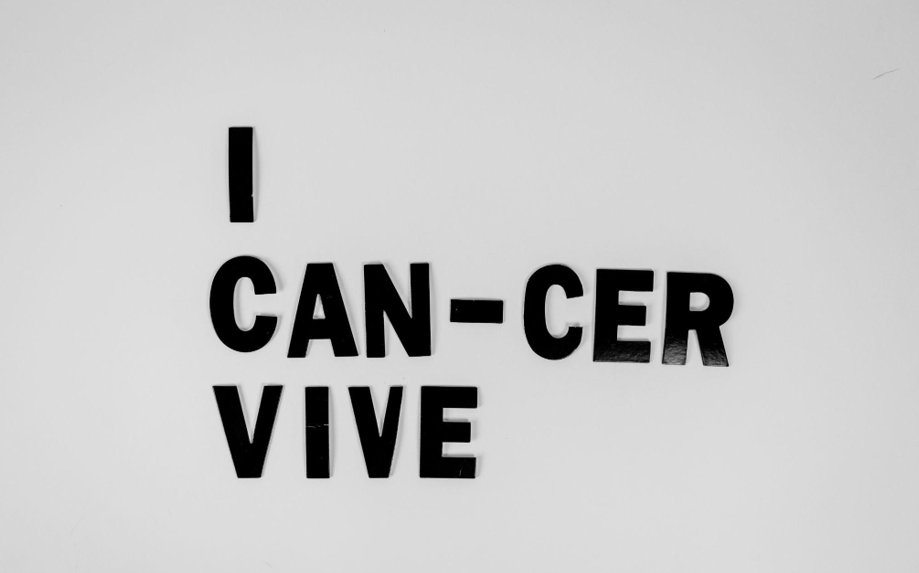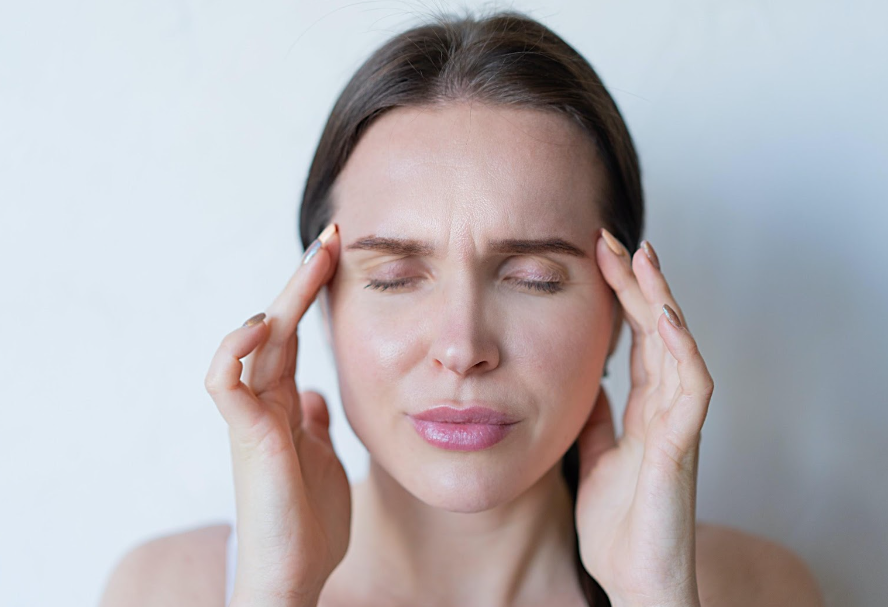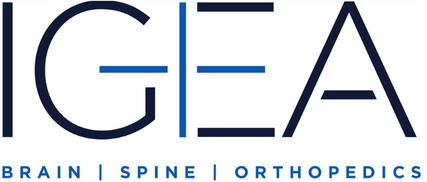Botox as Treatment for Headaches
Botox as Treatment for Headaches
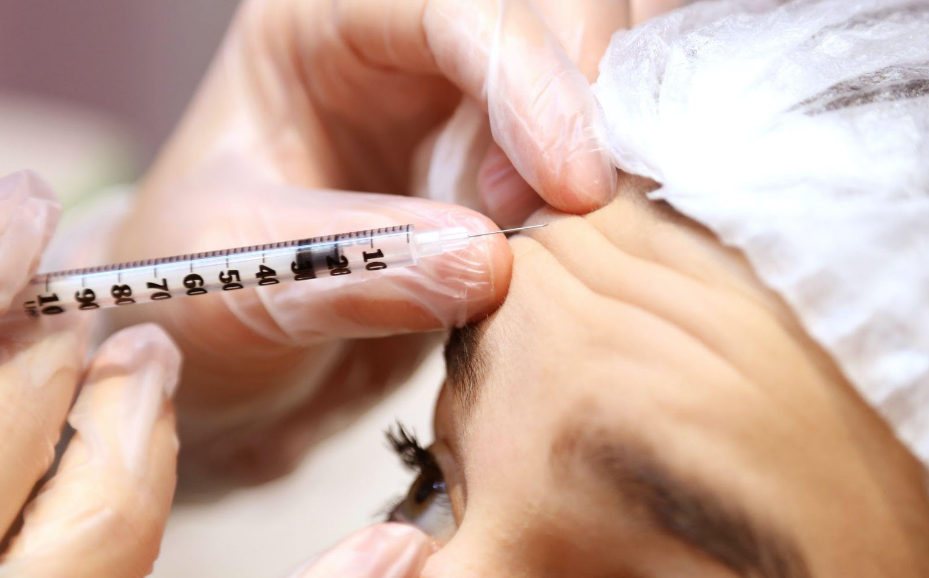
Everyone has heard of Botox - Hollywood’s well-known secret- a miracle in reversing aging signs. However, there’s more to Botox than simply erasing wrinkles and fine lines. In fact, in 2010, the FDA approved Botox as a treatment for adults dealing with chronic migraines! Since then, several patients have experienced significant pain relief.
Botox- A Brief
OnabotulinumtoxinA (OBTA) is the active component of the trademarked brand-name prescription drug Botox.
OBTA, an intriguing neurotoxin produced by the Clostridium botulinum bacteria and related family, is typically thought of as a poisonous protein. This neuromuscular blocker prevents the release of the neurotransmitter acetylcholine from the nerve axon endings at the neuromuscular junction resulting in flaccid paralysis. But for patients with chronic headaches, there is a significantly less chance of getting headaches or feeling pain because the muscles in the head don't contract or spasm.
Even the rare but fatal disease known as botulism, which attacks the nervous system and gradually weakens muscles, can be brought on by ingesting this toxin through spoiled food. When it is administered by a professional in a controlled manner, OBTA can induce favorable relaxation of the muscles and pain alleviation.
Be aware that the Botox we are describing is not the same as Botox Cosmetic, which is frequently used to treat wrinkles. Even though they contain the same active ingredients, they deliver varying results due to different concentrations, injection sites, etc.
Who can get Botox injectables to treat headaches?
In 2010, the Food and Drug Administration (FDA) approved Botox as a treatment for chronic migraine. Do note, however, that Botox injectables are approved only for chronic migraines and not just any headache. The FDA prescribes the following parameters to be eligible to receive this treatment:
● The patient should be 18+ years old and have a medical history of migraine.
● The headaches, including tension-type headaches, should last 4 hours a day or longer.
● The patient must experience such headaches for 15+ days in a month.
As such, regular headaches or even episodic migraine headaches cannot be treated using Botox. As far as the age criterion is concerned, clinical trials conducted on chronic migraine patients aged 12 to 18 could not establish the efficacy of Botox in treating the condition.
Hence, if you fulfill all three conditions above, you can get Botox injectables to treat headaches. However, Botox therapy is not recommended for pregnant women, nursing mothers, or people who have a cow's milk allergy.
Botox Treatment for Migraine: What to Expect?
In general, it has been found that Botox blocks the neural pathway that transmits pain signals from the nerves and nerve endings to the central nervous system. The result is a decrease in migraine pain to tolerable levels or even its complete disappearance. It also positively impacts migraine-related symptoms like nausea, vomiting, and heightened senses.
Botox therapy for migraine is administered as intramuscular injections. It starts with two treatment sessions that are spaced out by 12 weeks. You will then get one treatment every 12 weeks after that. However, your doctor may also alter the treatment schedule to suit your specific needs.
For starters, the doctor will first determine the injection points depending on your anatomy, headache type, and the unique pain points where the migraine pain originates (typically near the neck, shoulders, back, forehead, nose, and temples).
Typically, the following unique sites receive Botox injections:
● The area between the shoulder and the neck on both sides
● On the back left and right sides of the base of the neck
● At the base of the skull
● Behind each ear
● At the back of the head
● In the middle of the forehead
● Above the left and right eyebrow
● Upper nasal bridge
● Near the inside edge of each eyebrow
● Behind each temple right above the ear
After identifying the right set of trigger points, the doctor will proceed with administering Botox to each of the 31 sites.
A single session is completed in the doctor's office and only takes 10 to 20 minutes. The procedure is mostly painless, and each injection will only cause a slight sting or burning sensation. Keep in mind that Botox injections for migraines may not work their best until you've had at least two full sessions of treatment and six full months have passed.
Risks or Side Effects of Using Botox Injectables for Migraine
The use of Botox therapy for treating migraine is being studied extensively by the scientific community, and to date, it has been found to be safe, effective, and well-tolerated.
Most patients do experience mild side effects, but risks and side effects can be significantly reduced with the help of a trained and qualified healthcare professional.
Almost all patients experience pain, bruising, or stiffness at the injection points as a side effect of Botox treatment. Some patients may develop a headache or flu-like symptoms right after. Similarly, some experience temporary muscle weakness in the affected area, especially the neck and upper shoulders. As a result, you may find it slightly difficult to keep your head upright. Patients have occasionally shown drooping on one side of the mouth or one eyelid, which can result in drooling or eye watering, respectively. In contrast to drooping, they may instead exhibit sharply raised eyebrows and dry eyes.
Such side effects are fairly normal and not a cause for concern. They often wear off within a couple of days or weeks.
Rarely, OBTA toxins may spread from the injection site, which could lead to the following symptoms:
● Muscle weakness
● Vision problems
● Difficulty swallowing
● Trouble speaking
● Inability to control the bladder
If any of the aforementioned signs or symptoms, or any other side effects, persist, call your doctor right away.
How Often Do You Need Botox Shots to Prevent Migraine?
Botox is a preventive treatment against the onset of migraine headaches. As such, you will have to undergo one session every 3 months (12 weeks). Botox injections given on a regular basis are still being researched, and there are no known risks.
Some patients who discontinue treatment do not relapse. On the other hand, some patients require sessions to be scheduled more frequently. Consult your doctor to know precisely how often you will need your Botox shots.
Say Goodbye to the Headache of Headaches!
Your doctor may prescribe Botox therapy to you only after exhausting all other measures. On the other hand, they might advocate for Botox therapy if you don’t respond well to any other medication. Either way, Botox treatment will offer some respite to those struggling with chronic migraines. Talk to your doctor to learn how this quick, painless, low-risk, and preventive treatment can help manage your migraine.
If you want to learn more about migraines and headaches, get in touch with IGEA Brain Spine & Orthopedics.
Our experts can help you deal with any brain, spine, or orthopedic condition and provide exceptional care that exceeds your expectations, including for Migranes. Contact us for more information.
